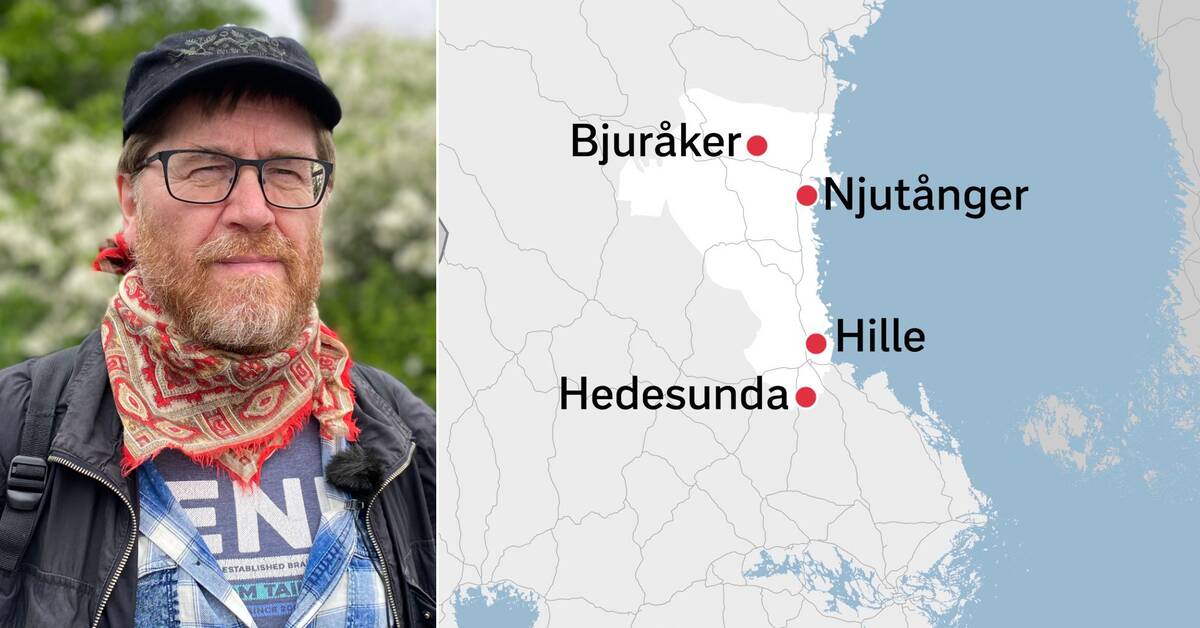- Many of us historians seem to have underestimated the real displacements, says historian Peter Ericson.
The archive finds apply to Hedesunda and Hille in Gästrikland, as well as Bjuråker and Njutånger in Hälsingland.
For example, in Njutånger, four skiing Sami men were arrested, who split from their families.
Previously, the forced relocation of 13 Sami individuals from Gävleborg has been known.
The new findings increase the number to 61 confirmed cases of forcibly displaced Sami, as well as several divided families.
They must have been moved to Västerbotten and Jämtland.
Can be the tip of an iceberg
- I suspect that it is the tip of the iceberg, says historian Peter Ericson.
Historically, Hälsingland, Gästrikland and Dalarna form an obvious part of the Sami land - Sápmi.
But during the 18th century, Frederick I came to the monarchy in Sweden.
He wanted to get rid of the Sami, who he considered were engaged in illegal hunting in the crown forests.
The peasants, on the other hand, were opposed to the expulsion of the Sami, not least because they were dependent on the Sami craftsmanship.
In order to preserve the farmers' access to the Sami's unique services, the parish patch system was introduced, so that there was a Sami household in each parish, which could help the farmers with special chores.
The Sami who were not appointed parishioners were forced to become farmers themselves or driven north.

